LadyLargely
Member
Allright, that's been plenty enough cocking about

I've been practicing my serious face. Time for actual instruction to commence!
We've spoken a lot about mediums, guys and girls we are here for this:

OBBT medium is fairly unique. Its weird, but happily easy to identify. Now before we get carried away with amendments and grades of coco and nutrients and all the supporting crap let us remind ourselves of what we are doing all this work for:
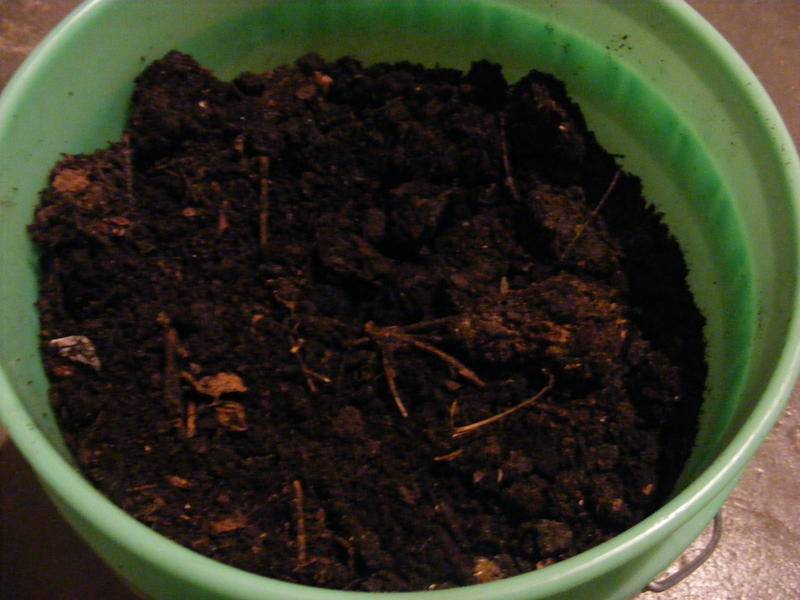
Dirt ladies and gentlemen. Soil. Take a good long look.It may be obtained from countless sources yet we all take it for granted.
So as we go along never once allow yourself to forget that we are here for Dirt. What we came from, what we will one day become again. Mother Nature then is on our side. What we are doing is coaxing her into our calm little boxes. We wish that she leave her unpredictability (and awesome fury and death) outside and come in with us to grow the ganjas
So how do we go from my bucket of epic compost into enough prime OBBT medium to fill our stashes? Well gardeners we are going to draw upon gardening industry and get ourselves as many bitchin amendments as we can get our hands on. I've been lucky to have nearly every amendment you might need or come across that is suitable for OBBT usage. Keep in mind you needn't assemble all of these to get a successful medium. The desired consistency can be obtained many ways.
So let us recount the good stuff:
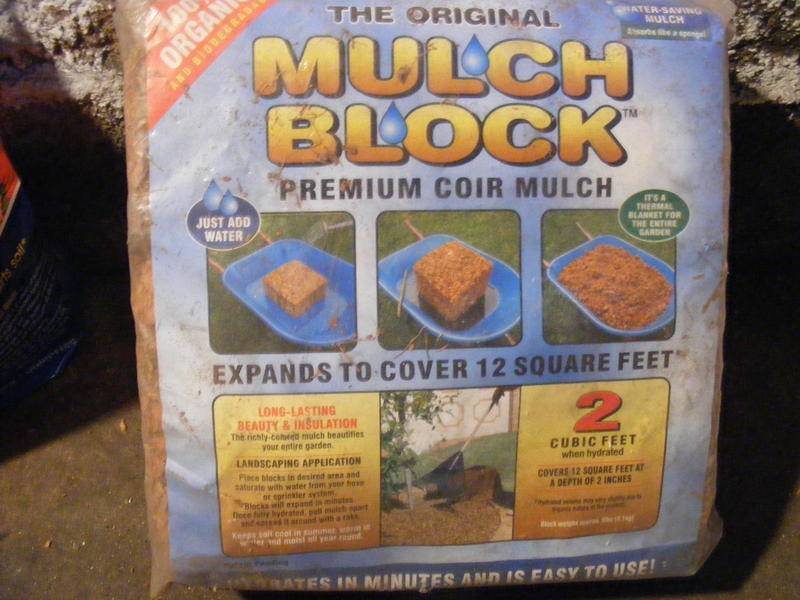
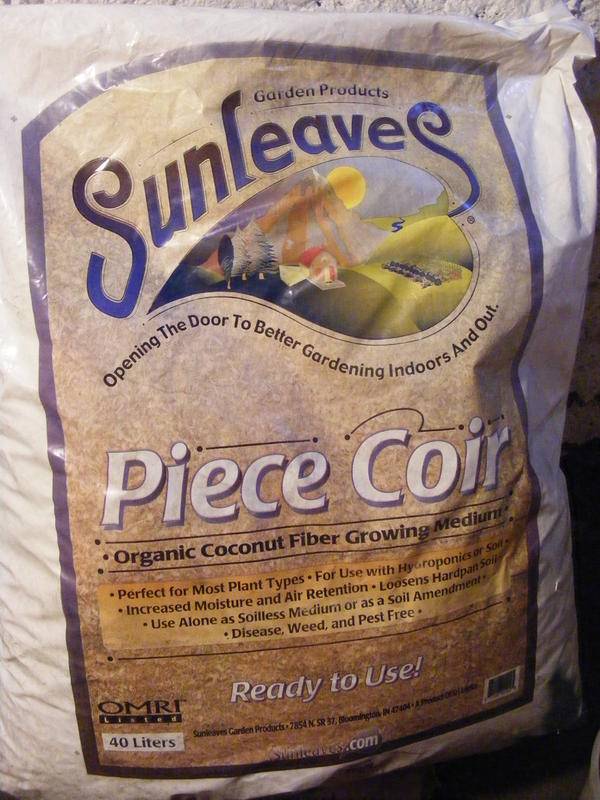
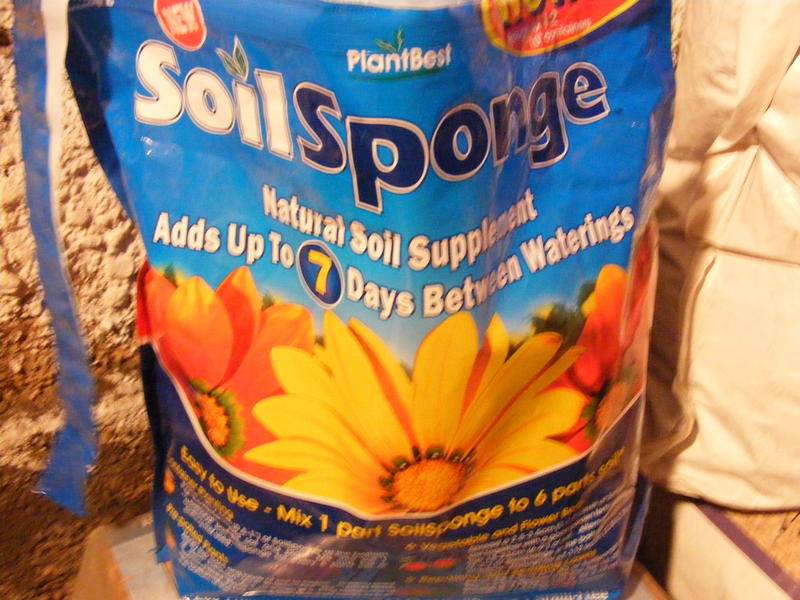
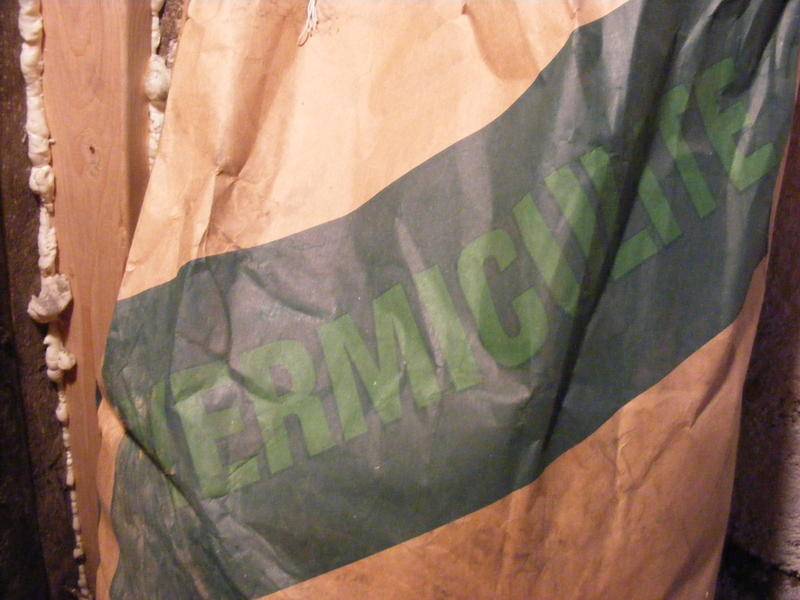


Not pictured is Hydroton. Some gardeners seem to be having success with it for supporting the bath. I don't trust it, its made by Germans.
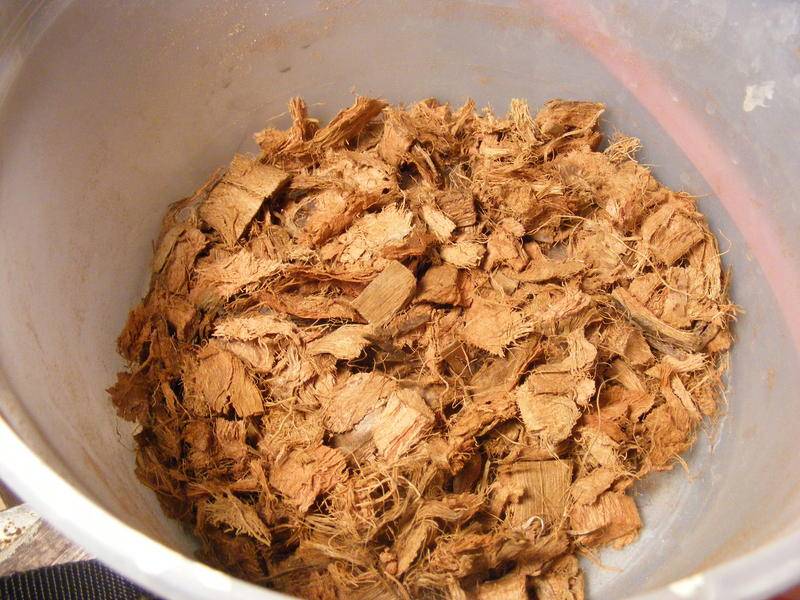
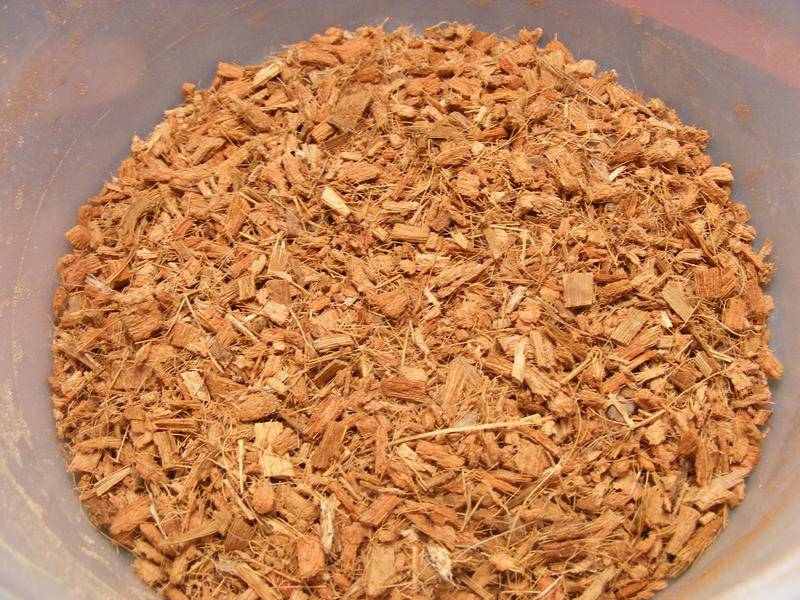
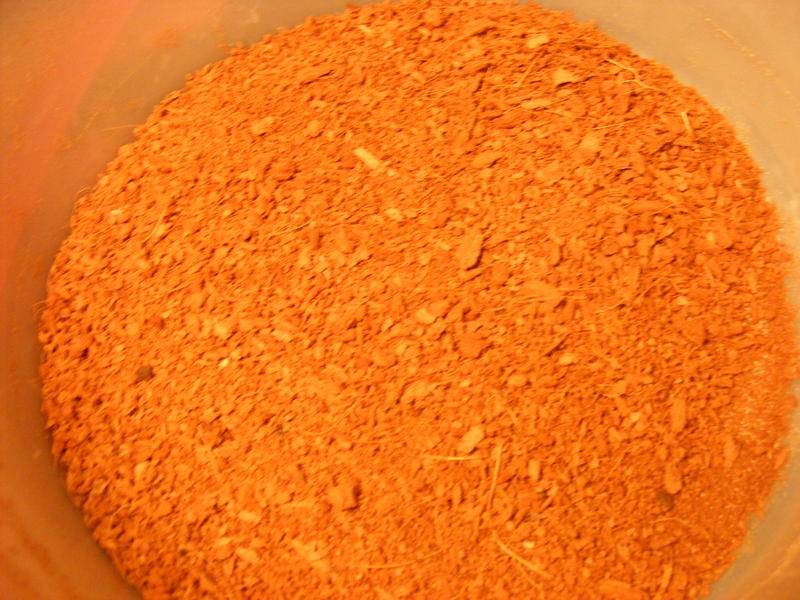
Coco Moss! Seen here in all three typical grades. From left to right we've got Coarse Medium and Fine. Coarse grade comes compressed in bricks, is cheap, easy to buy, easy to find but a bitch to work with. Salty and full of large impenetrable chunks most growers skirt it as inferior. However its consistency helps us the most in making OBBT medium and lets us use less coconut and more soil.
Break up the brick by hand and put about 1/3 of it in a 5 gallon bucket. Boil about 3 gallons of water. Apply it as hot as possible to the bucket. Let sit for several hours. When it cools of but is still warm reach in and grab up the chunks. They will have become soft and fiberous. Work them by hand as much as possible and they break up into the most incredible fluffy fiber you've ever seen.
The bagged hydro-grade stuff is nice. Full of fine chips and lots of induvidual hairs. But it lacks the glorious fuzzy clumps of the steam-treated coarse stuff. Roots penetrate these big chunks like you wouldnt believe, they are more desirable than you might think.
Fine grade is coco fluff, contains few to no hairs and is not enough alone. I find though it makes a nice agregate when added to the other grades.
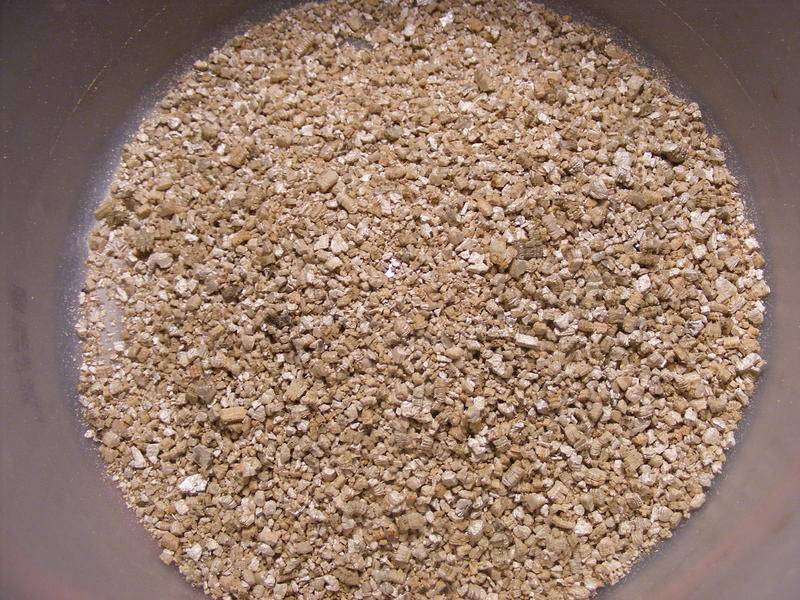
BIG CHUNKY Vermiculite. This stuff is a lot cheaper and easier to find in bigass horticultural bags. Look for it in large garden supply outlets, places that cater to landscaping companies. It is water-insoluable but grips the tiny soil particles amazingly. Its actually one of the most vital components here. I've found having more and larger chunk vermiculite in the medium is directly related to having cleaner runoff and better soil retention overeall. Even if you can only get it in a fine grade do not skip over this stuff
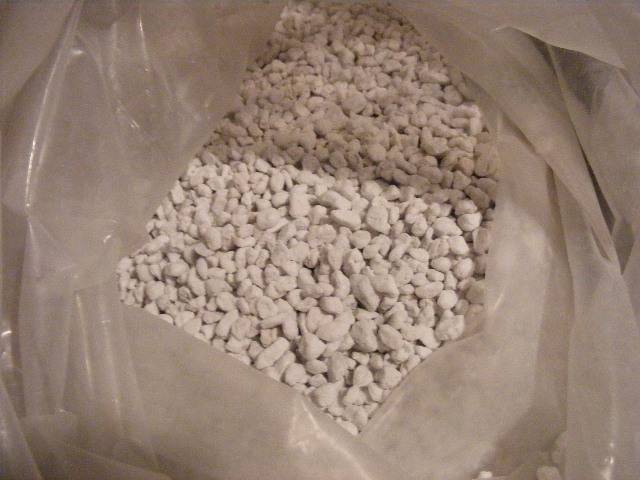
BIG CHUNKY Pearlite. Are we starting to see the big 'n chunky theme throughout my description of favored OBBT ingredients? That is very purposeful. Experience has led me to these guys over time and I have stuck with them. If you plan to run OBBTs for a while, or run a decent quantity of them you are best off investing of these big bags of big ammendments.
This Fox Farms pearlite is the shit! Very large granuals, easily the surface area of large hydroton balls. Foamy and lightweight with faboulous little irregular shapes. Love this stuff.
Mix these ammendments with epic soil. I use my home-brewed all-natural compost. Good strong bagged organic soil spiked with some worm castings should do just as well. In theory you could tune the soil for nute ratios by how you made it, but I've never bothered. I content myself with good nitrogen, traces galore and goodness knows what else.
Stir em all together at a rate of 50% coco, 25% SOIL 25% Vermiculite/Perlite (I go heavier on the former)
The resulting mix is unique. Spongey but fast-draining. Take up a good wad of in in both hands. Compress it. Hard. Let go. It should spring fourth and fall down into a fluffy pile. Any excessive clumping or permanent compression means the medium is TOO DENSE!
As you mix everything up, you should be adding the pre-loaded nutes. We've talked about these a lot so now a quick run through of what I do:
*EDIT* The following recopy is VERY HOT! I think it is just about the maximum nute concentration that is safe to run. If you are new to organics, new to cannabis or just lacking in confidence then cut back the quantities of Blood Meal and Bio Tone by %20 or so. We can add more nutes later through teas, don't worry about pushing the envelope. I know this method like the back of my hand and therefore push it for all it is worth. Everyone needs to keep that in mind throughout the rest of this diary. Unless you are a serious green thumb, badass cannabis cultivator or otherwise very confident you should not try to be as aggressive as I am. Use fewer nutes, supercrop less, run a more lax timetable, don't starve as heavily, etc. I'll try to point out the times when I am seriously pushing the envelope and warn you guys to back off a bit due to a lack of experience */EDIT*
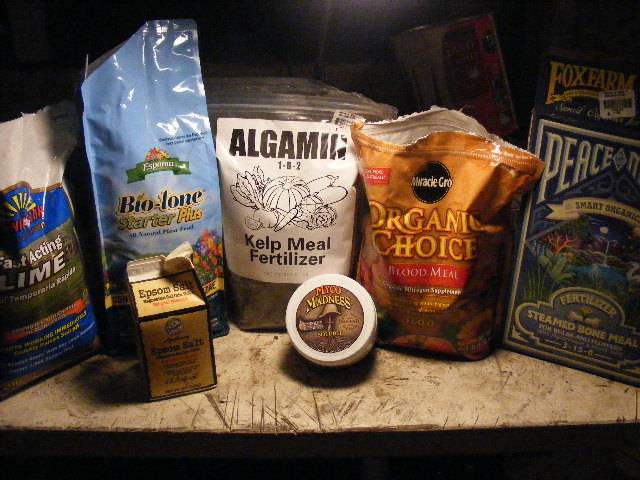
REQUIRED PER 5 GALLONS OF FINISHED MEDIUM:
3 cups Bio Tone
6 cups kelp meal
2 cups blood meal
1 Tbsp Epsom Salts
2 Tbsp Fast-Acting Lime
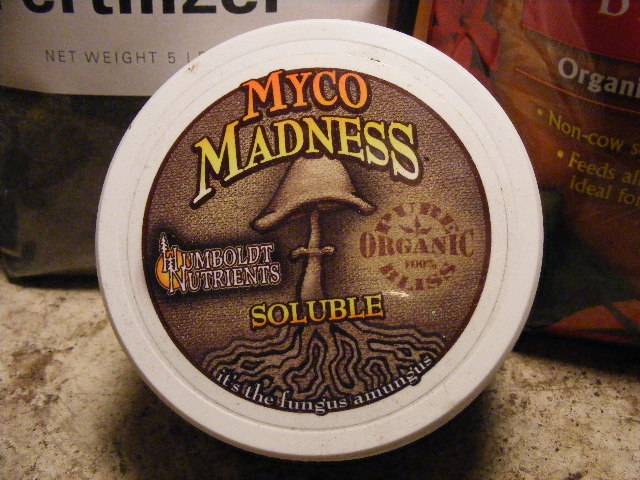
OPTIONAL PER 5 GALLONS
1 Teaspoon Myco Madness
1/3 cup bitchin bio-active bone meal
Now stir. Get a hugeass 25 gallon handled tub and mix it by hand, a lot. When you think you are done flip the whole thing over and do it again.
When you achieve total coating the mix will be totally homogeneous. In a single ounce of the finished medium you should be able to visually identify an expected quantity of each of the ingredients. We are making a composite. Many different grains and qualities come together to give us a medium with truly special properties. More on that in a bit.
So we have our Ultimate Organic Medium However you have chosen to bring it together. Just remember we want to run a ratio of 3 parts N to 1 part P and K for veg.
Now we need something to put it in.

I've been practicing my serious face. Time for actual instruction to commence!
We've spoken a lot about mediums, guys and girls we are here for this:
OBBT medium is fairly unique. Its weird, but happily easy to identify. Now before we get carried away with amendments and grades of coco and nutrients and all the supporting crap let us remind ourselves of what we are doing all this work for:
Dirt ladies and gentlemen. Soil. Take a good long look.It may be obtained from countless sources yet we all take it for granted.
So as we go along never once allow yourself to forget that we are here for Dirt. What we came from, what we will one day become again. Mother Nature then is on our side. What we are doing is coaxing her into our calm little boxes. We wish that she leave her unpredictability (and awesome fury and death) outside and come in with us to grow the ganjas

So how do we go from my bucket of epic compost into enough prime OBBT medium to fill our stashes? Well gardeners we are going to draw upon gardening industry and get ourselves as many bitchin amendments as we can get our hands on. I've been lucky to have nearly every amendment you might need or come across that is suitable for OBBT usage. Keep in mind you needn't assemble all of these to get a successful medium. The desired consistency can be obtained many ways.
So let us recount the good stuff:
Not pictured is Hydroton. Some gardeners seem to be having success with it for supporting the bath. I don't trust it, its made by Germans.
Coco Moss! Seen here in all three typical grades. From left to right we've got Coarse Medium and Fine. Coarse grade comes compressed in bricks, is cheap, easy to buy, easy to find but a bitch to work with. Salty and full of large impenetrable chunks most growers skirt it as inferior. However its consistency helps us the most in making OBBT medium and lets us use less coconut and more soil.
Break up the brick by hand and put about 1/3 of it in a 5 gallon bucket. Boil about 3 gallons of water. Apply it as hot as possible to the bucket. Let sit for several hours. When it cools of but is still warm reach in and grab up the chunks. They will have become soft and fiberous. Work them by hand as much as possible and they break up into the most incredible fluffy fiber you've ever seen.
The bagged hydro-grade stuff is nice. Full of fine chips and lots of induvidual hairs. But it lacks the glorious fuzzy clumps of the steam-treated coarse stuff. Roots penetrate these big chunks like you wouldnt believe, they are more desirable than you might think.
Fine grade is coco fluff, contains few to no hairs and is not enough alone. I find though it makes a nice agregate when added to the other grades.
BIG CHUNKY Vermiculite. This stuff is a lot cheaper and easier to find in bigass horticultural bags. Look for it in large garden supply outlets, places that cater to landscaping companies. It is water-insoluable but grips the tiny soil particles amazingly. Its actually one of the most vital components here. I've found having more and larger chunk vermiculite in the medium is directly related to having cleaner runoff and better soil retention overeall. Even if you can only get it in a fine grade do not skip over this stuff
BIG CHUNKY Pearlite. Are we starting to see the big 'n chunky theme throughout my description of favored OBBT ingredients? That is very purposeful. Experience has led me to these guys over time and I have stuck with them. If you plan to run OBBTs for a while, or run a decent quantity of them you are best off investing of these big bags of big ammendments.
This Fox Farms pearlite is the shit! Very large granuals, easily the surface area of large hydroton balls. Foamy and lightweight with faboulous little irregular shapes. Love this stuff.
Mix these ammendments with epic soil. I use my home-brewed all-natural compost. Good strong bagged organic soil spiked with some worm castings should do just as well. In theory you could tune the soil for nute ratios by how you made it, but I've never bothered. I content myself with good nitrogen, traces galore and goodness knows what else.
Stir em all together at a rate of 50% coco, 25% SOIL 25% Vermiculite/Perlite (I go heavier on the former)
The resulting mix is unique. Spongey but fast-draining. Take up a good wad of in in both hands. Compress it. Hard. Let go. It should spring fourth and fall down into a fluffy pile. Any excessive clumping or permanent compression means the medium is TOO DENSE!
As you mix everything up, you should be adding the pre-loaded nutes. We've talked about these a lot so now a quick run through of what I do:
*EDIT* The following recopy is VERY HOT! I think it is just about the maximum nute concentration that is safe to run. If you are new to organics, new to cannabis or just lacking in confidence then cut back the quantities of Blood Meal and Bio Tone by %20 or so. We can add more nutes later through teas, don't worry about pushing the envelope. I know this method like the back of my hand and therefore push it for all it is worth. Everyone needs to keep that in mind throughout the rest of this diary. Unless you are a serious green thumb, badass cannabis cultivator or otherwise very confident you should not try to be as aggressive as I am. Use fewer nutes, supercrop less, run a more lax timetable, don't starve as heavily, etc. I'll try to point out the times when I am seriously pushing the envelope and warn you guys to back off a bit due to a lack of experience */EDIT*
REQUIRED PER 5 GALLONS OF FINISHED MEDIUM:
3 cups Bio Tone
6 cups kelp meal
2 cups blood meal
1 Tbsp Epsom Salts
2 Tbsp Fast-Acting Lime
OPTIONAL PER 5 GALLONS
1 Teaspoon Myco Madness
1/3 cup bitchin bio-active bone meal
Now stir. Get a hugeass 25 gallon handled tub and mix it by hand, a lot. When you think you are done flip the whole thing over and do it again.
When you achieve total coating the mix will be totally homogeneous. In a single ounce of the finished medium you should be able to visually identify an expected quantity of each of the ingredients. We are making a composite. Many different grains and qualities come together to give us a medium with truly special properties. More on that in a bit.
So we have our Ultimate Organic Medium However you have chosen to bring it together. Just remember we want to run a ratio of 3 parts N to 1 part P and K for veg.
Now we need something to put it in.


